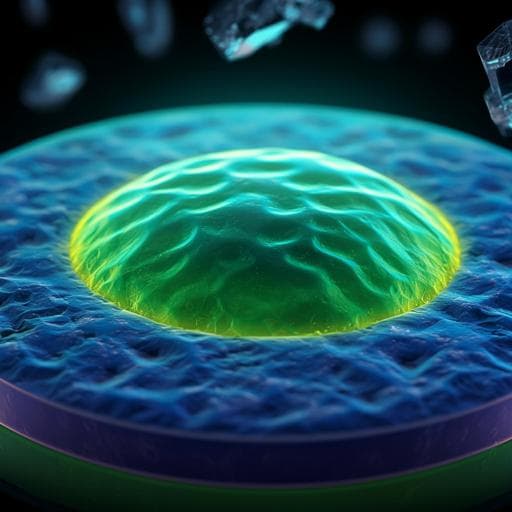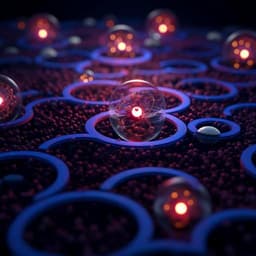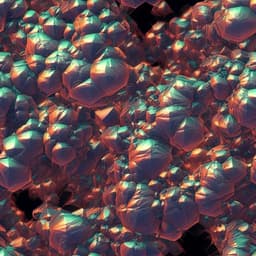
Chemistry
A corrosion inhibiting layer to tackle the irreversible lithium loss in lithium metal batteries
C. Jin, Y. Huang, et al.
This groundbreaking research by Chengbin Jin and colleagues unveils strategies to combat the notorious corrosion of lithium negative electrodes, potentially enhancing the lifespan of Li metal batteries. By revealing the connection between lithium corrosion and solid-electrolyte interphase (SEI) dynamics, the team developed an innovative anti-corrosion passivation layer that significantly reduces lithium loss in battery systems.
~3 min • Beginner • English
Related Publications
Explore these studies to deepen your understanding of the subject.







